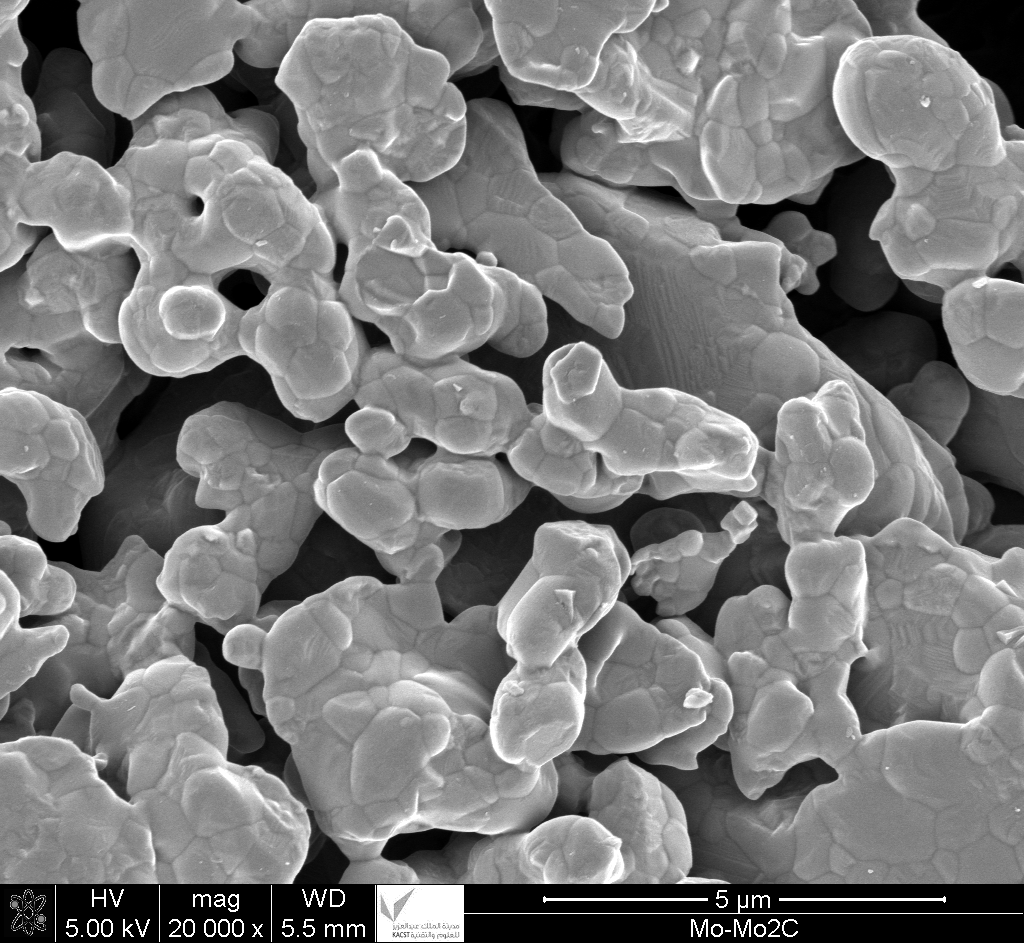This joint research project, led by Dr Nadimul Faisal, made the measurements on ENGIN-X at ISIS Neutron and Muon Source as part of a wider project investigating high durability anode materials for use in Solid Oxide Fuel Cells (SOFCs). This is the first research of its kind to evaluate the through thickness (z-direction) strain on anode materials using the non-destructive neutron diffraction technique.
Despite exhibiting superior efficiency and reduced emissions when compared to traditional combustion technology, fuel cells have long been confined to multi-million pound NASA missions due to their inherently high cost. But there is growing interest in SOFCs, which are thought to be the most promising type of fuel cell in terms of material selection, structural design, and integrity. The cell consists of a solid ceramic electrolyte, an anode and a cathode. SOFCs use no corrosive acids, precious metals or molten materials and are also ideal for carbon capture.
“Solid Oxide Fuel Cells (SOFCs) have tremendous potential not only in development of more efficient electrical cars and trucks but also for providing a reliable renewable energy source for heating and electrical power for houses & businesses..."
Dr. Nadimul Faisal, Robert Gordon University
However, with operating temperatures topping 1000°C there are significant challenges finding anode materials suitable for use in SOFCs. Researchers from the UK and Saudi Arabia have used neutron diffraction to probe three novel molybdenum-carbide based anode materials that may be fit for the purpose.
Manufacturing SOFCs
There are several different methods of assembling SOFCs including tape casting, screen printing and co-sintering layers of layers. Recently there has been interest in the thermal spray technique, in which the anode coating of the SOFC is deposited using air plasma spraying. The thermal spray technique is thought to be one of the most economical and technologically advanced approaches for energy applications.
A disadvantage of this technique is that the deposition process imparts residual strain on the SOFC anode coating due to the high cooling rates of the impacting particulates. This strain influences the efficiency and durability of the cell. A detailed understanding of the strain this technique induces in the anode material (or in any layer) is vital to the development of SOFCs.
Neutron vs x-ray diffraction
X-ray diffraction has previously been used to measure residual stresses in layered SOFC materials deposited through the thermal spray method. However, x-ray diffraction doesn't penetrate as deeply into the material as neutron diffraction can.
Neutron diffraction has been used to non-destructively probe novel anode materials by taking through thickness (z-direction) strain measurements for the first time. The measurements were made using ISIS Neutron and Muon Source's dedicated engineering instrument ENGIN-X .
Through thickness strain measurements
Three novel anode Molybdenum-carbide based anode mat erials were investigated in this study. The materials demonstrate high mechanical strength and superior thermal and wear resistance properties compared to other materials. The anode coatings of Mo-Mo2C/Al2O3, Mo-Mo2C/ZrO2 and Mo-Mo2C/TiO2 were deposited onto a Hastelloy®X substrate using commercial air plasma spraying (APS) facility. Figure 1 below shows an SEM image of the Mo-Mo2C powder.

The results of the study found neutron diffraction effective at measuring the through thickness strain profiles of the materials constructed using thermal spray deposition technique, without influencing the stress field in the SOFC assembly.
Impact & future work
“…The researchers and partners have benefited from this collaboration by gaining a better understanding of the development of as well as the future of SOFC technologies."
Dr. Nadimul Faisal, Robert Gordon University
The users hope to return to ISIS Neutron and Muon Source in the future to carry out in-situ studies of SOFC materials at elevated temperatures, allowing greater understanding of the evolution of the materials during heating and cooling. The research team comprised of a venture between Saudi ARAMCO, Robert Gordon University, Alfaisal University and Heriot-Watt University.
Further reading
Details of the full research publication :Faisal, N. H., Ahmed, R., Prathuru, A. K., Katikaneni, S. P., Goosen, M. F. A., Zhang, S. Y. “Neutron Diffraction Residual Strain Measurements of Molybdenum Carbide-Based Solid Oxide Fuel Cell Anode Layers with Metal Oxides on Hastelloy X" Exp Mech (2017). DOI:10.1007/s11340-017-0298-7
Further details on ENGIN-X can be found here .
